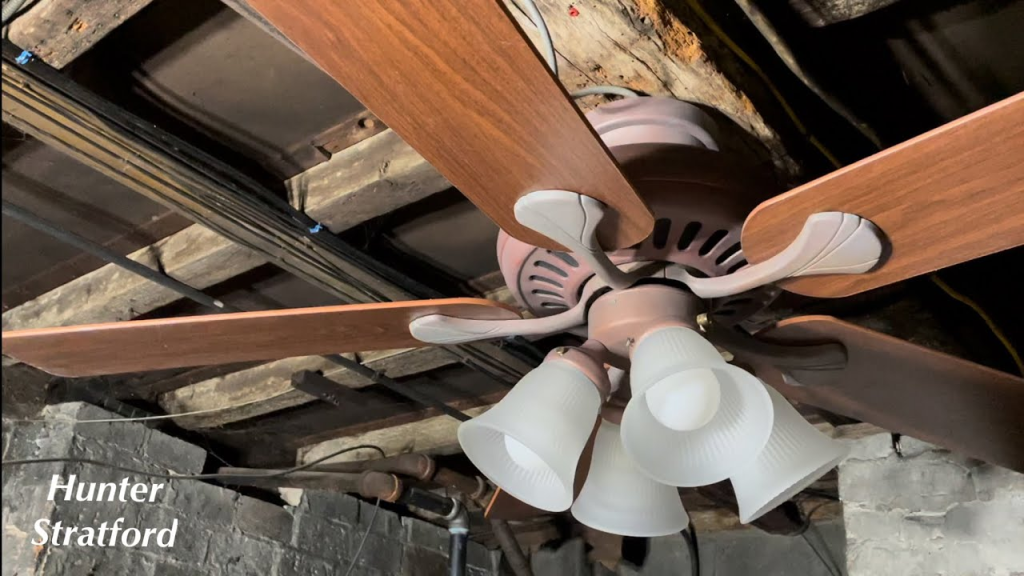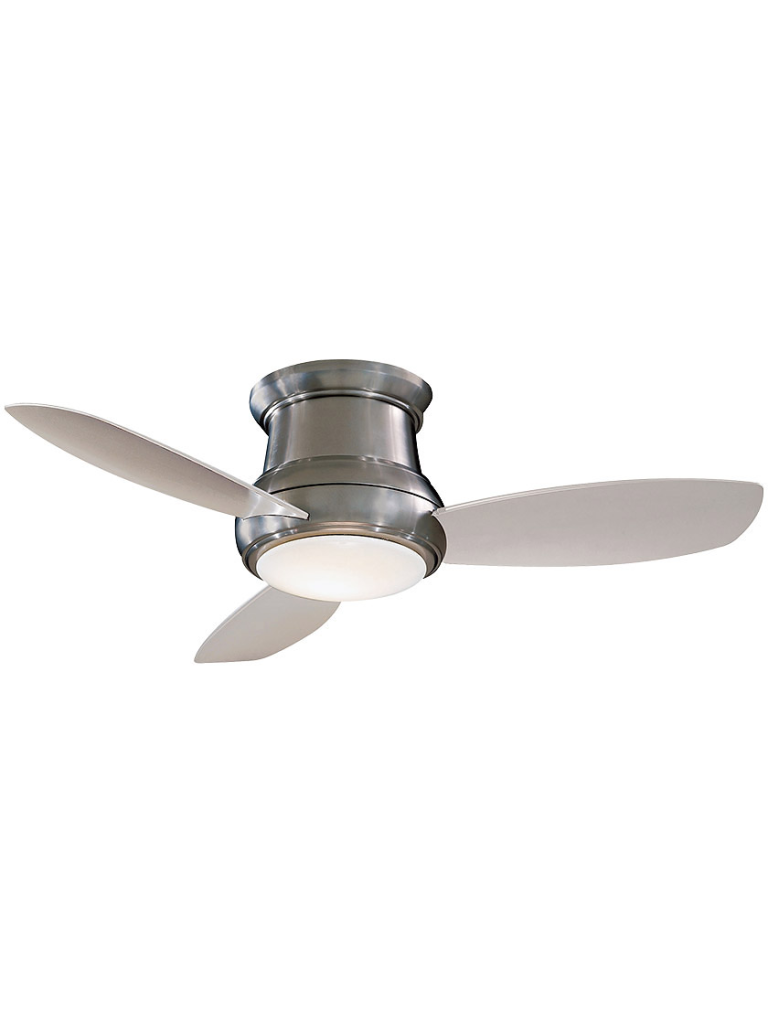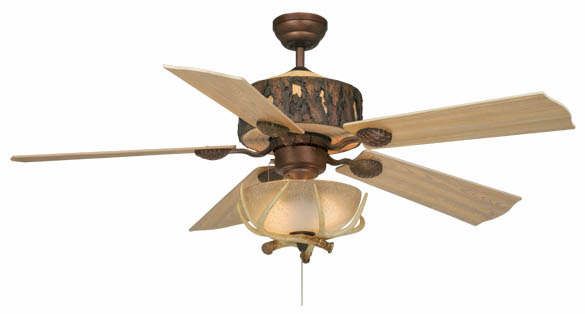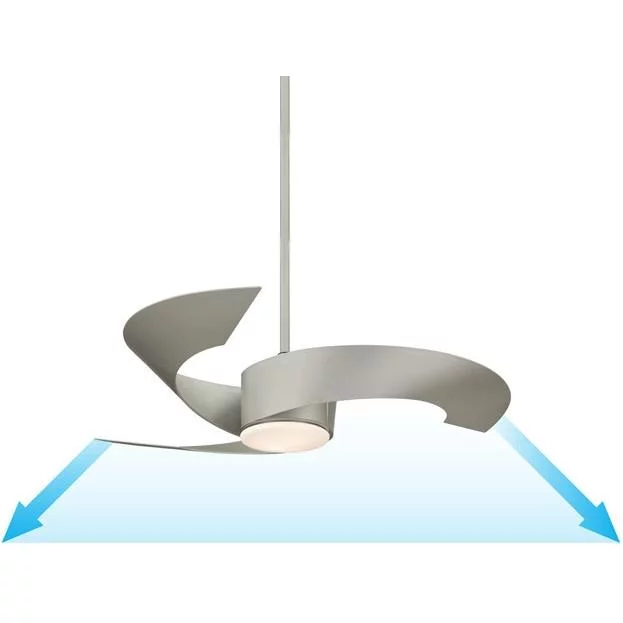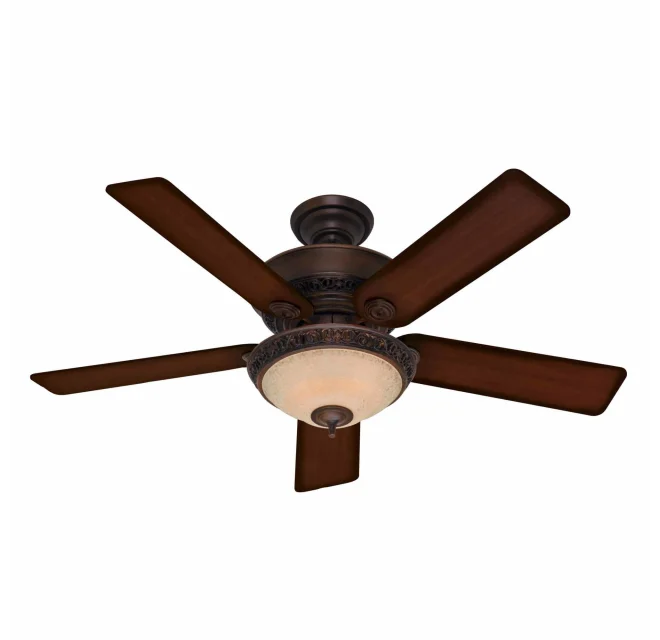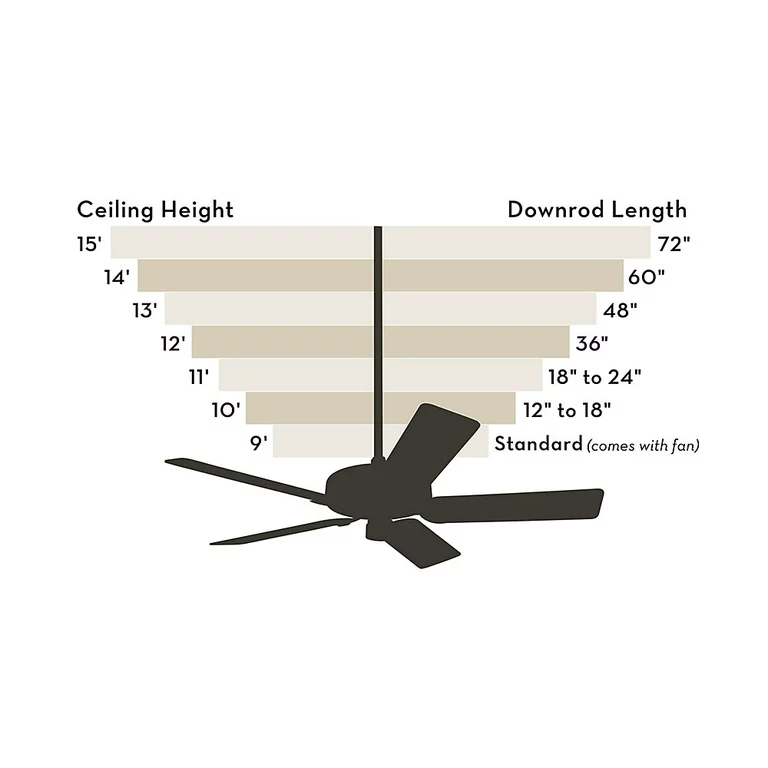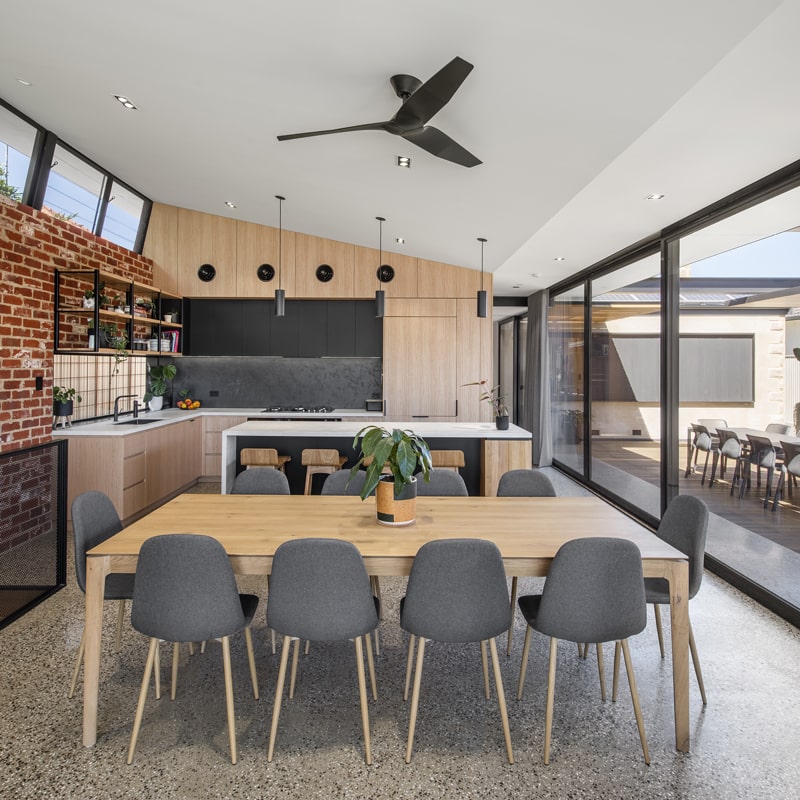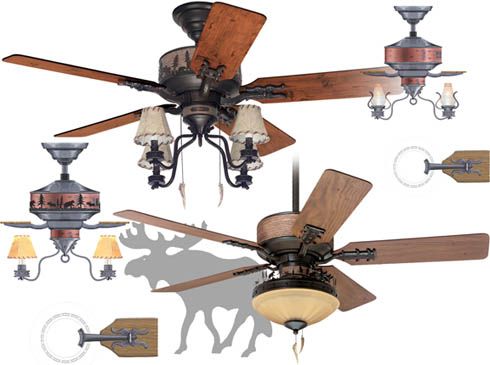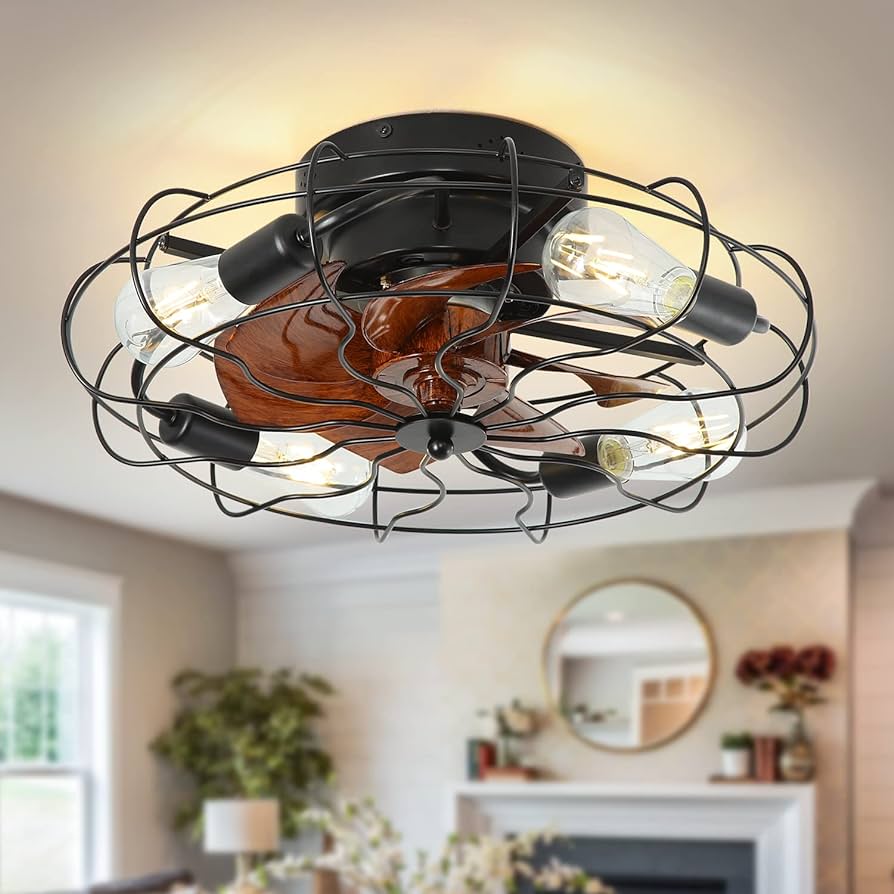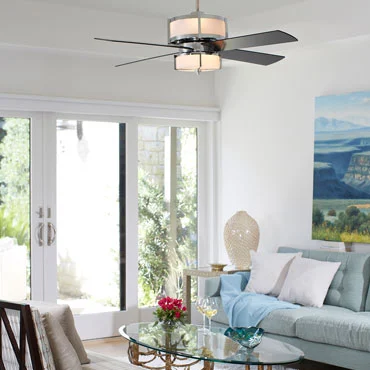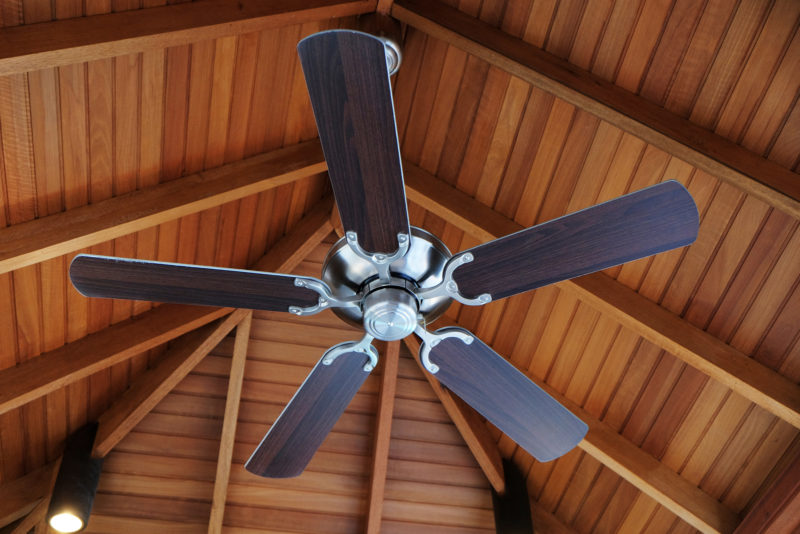If you’re looking to enhance the comfort and style of your living space, a Minka Aire ceiling fan is a fantastic addition. Equipped with modern features and stylish designs, these ceiling fans provide excellent airflow and aesthetic appeal. One of the most convenient aspects of these fans is the remote control functionality, allowing users to operate their ceiling fans with ease. This article will provide detailed Minka Aire Ceiling Fan Remote Control Instructions, ensuring that you can make the most of your ceiling fan experience.

Why Choose Minka Aire Ceiling Fans?
Before diving into the specifics of the remote control instructions, let’s briefly explore why Minka Aire ceiling fans are a popular choice among homeowners:
1. Stylish Designs
Minka Aire is renowned for its stylish designs that can seamlessly fit into various home decor styles, from modern to traditional. Their fans often serve as statement pieces, enhancing the aesthetic appeal of your space.
2. Energy Efficiency
Minka Aire ceiling fans are designed with energy efficiency in mind. Utilizing advanced motor technology, they can circulate air effectively, helping you maintain a comfortable temperature without over-relying on your HVAC system.
3. User-Friendly Remote Controls
Most Minka Aire ceiling fans come with remote controls that allow users to adjust fan speed, direction, and lighting with just a few clicks. This feature adds an extra layer of convenience to your home.
4. Versatile Operation
Whether you need cooling in the summer or warmth in the winter, Minka Aire fans can reverse their blade direction to suit your seasonal needs.
Read too: Discovering the Charm of Nautical Outdoor Ceiling Fans for Your Coastal Retreat: Sail into Style
Overview of Minka Aire Ceiling Fan Remote Controls
1. Understanding the Remote Control Layout
Before you can effectively use your Minka Aire ceiling fan remote control, it’s essential to familiarize yourself with its layout. While the exact design may vary slightly between models, most remotes will have the following buttons:
- Power Button: Turns the fan on or off.
- Speed Control: Usually represented by numbers or fan icons, this button allows you to adjust the speed of the fan (low, medium, high).
- Light Control: Controls the light attached to the fan, if applicable.
- Direction Control: Changes the direction in which the fan blades spin (clockwise for winter, counterclockwise for summer).
- Timer: Sets a timer for the fan to turn off after a specified duration.
2. Battery Installation
Before using the remote control, you must install batteries. Here’s how:
- Locate the Battery Compartment: Flip the remote over and find the battery compartment, typically on the back.
- Open the Compartment: Slide or lift the cover to access the battery slot.
- Insert Batteries: Use two AAA batteries, ensuring the positive and negative ends are aligned correctly.
- Close the Compartment: Replace the cover and ensure it’s secure.
Minka Aire Ceiling Fan Remote Control Instructions
1. Turning the Fan On and Off
To operate your Minka Aire ceiling fan using the remote control:
- Press the Power Button: This button is usually located at the top of the remote. Press it once to turn the fan on, and press it again to turn it off.
2. Adjusting Fan Speed
You can easily adjust the fan’s speed using the remote:
- Identify the Speed Control Button: This button may have numbers (1, 2, 3) or fan icons (indicating low, medium, high).
- Select Speed: Press the corresponding button to set the fan to your desired speed. For example, pressing “1” might set the fan to low speed, while “3” sets it to high speed.
3. Controlling the Light
If your Minka Aire ceiling fan has an integrated light, you can control it via the remote:
- Locate the Light Control Button: This button may have a light bulb icon or be labeled “light.”
- Press to Toggle: Press the button to turn the light on or off. Some models may also allow you to adjust brightness if equipped with dimming capabilities.
4. Changing Fan Direction
Adjusting the direction of your fan blades is crucial for seasonal comfort:
- Find the Direction Control Button: This button typically features an arrow or a circular symbol.
- Press to Change Direction: Press the button to switch the blade direction. For summer, set it to rotate counterclockwise to create a cooling breeze. For winter, switch it to clockwise to circulate warm air.
5. Using the Timer Function
The timer function can be a convenient feature for energy savings:
- Locate the Timer Button: This button is usually marked with a clock icon.
- Set the Timer: Press the button repeatedly to select a time duration (e.g., 1 hour, 2 hours, etc.). The fan will automatically turn off after the selected time.
Troubleshooting Common Issues with Minka Aire Ceiling Fan Remote Control
While Minka Aire ceiling fans and their remote controls are generally reliable, you may encounter issues. Here are some common problems and solutions:
1. Remote Not Responding
If the remote control isn’t working:
- Check the Batteries: Ensure that the batteries are properly installed and functioning. Replace them if necessary.
- Distance: Ensure you are within the effective range of the fan, typically around 30 feet.
- Interference: Check for any objects or electronic devices that might interfere with the signal.
2. Fan Not Turning On
If the fan doesn’t respond when the power button is pressed:
- Check Power Supply: Ensure that the fan is properly connected to a power source and that the circuit breaker hasn’t tripped.
- Wall Switch: If your fan is connected to a wall switch, ensure it is turned on.
3. Light Not Working
If the light isn’t turning on:
- Check the Bulb: Ensure the light bulb is properly installed and functioning. Replace it if necessary.
- Remote Control: Ensure the light control button is functioning correctly.
4. Fan Speed Issues
If you notice inconsistent fan speeds:
- Check Settings: Make sure the remote is set to the desired speed.
- Motor Functionality: If the motor is making unusual noises or not operating correctly, consult the user manual for further guidance.
Maintenance Tips for Your Minka Aire Ceiling Fan
To ensure your Minka Aire ceiling fan remains in good working order, regular maintenance is essential. Here are some tips to consider:
1. Regular Cleaning
Dust can accumulate on the fan blades and motor, affecting performance. Follow these cleaning tips:
- Dusting: Use a microfiber cloth or a feather duster to clean the blades and housing regularly. For tough grime, a slightly damp cloth can help.
- Deep Cleaning: Periodically, you may want to remove the blades for a more thorough cleaning. Consult the user manual for instructions on how to do this safely.
2. Inspect the Motor and Blades
Regularly inspect the fan motor and blades for any signs of wear or damage:
- Listen for Unusual Noises: If you hear grinding or rattling noises, it may indicate a problem with the motor or blade alignment.
- Tighten Loose Screws: Ensure that all screws and fasteners are tight to avoid any wobbling or movement during operation.
3. Seasonal Adjustments
Before switching from summer to winter mode (or vice versa):
- Change Blade Direction: Adjust the fan direction as previously described to ensure optimal performance based on the season.
- Check Remote Functionality: Verify that the remote is working properly to accommodate seasonal changes.
4. Professional Servicing
If you encounter persistent issues or complex problems, consider hiring a professional to service your Minka Aire ceiling fan. They can diagnose and repair any underlying issues to keep your fan functioning smoothly.
Conclusion
https://homeceilingideas.com/minka-aire-ceiling-fan-remote-control-instructions/Understanding the Minka Aire Ceiling Fan Remote Control Instructions is essential for maximizing the comfort and efficiency of your ceiling fan. With easy-to-use features such as speed control, light operation, and directional adjustment, you can create the perfect atmosphere in your home. By following the tips and troubleshooting advice provided in this article, you can enjoy your Minka Aire ceiling fan for years to come, ensuring it remains a stylish and functional addition to your living space.



